|
|
|
|
Lowrank one-step wave extrapolation for reverse-time migration |
|
vel1d
Figure 1. One-dimensional velocity profile with a sharp interface. |
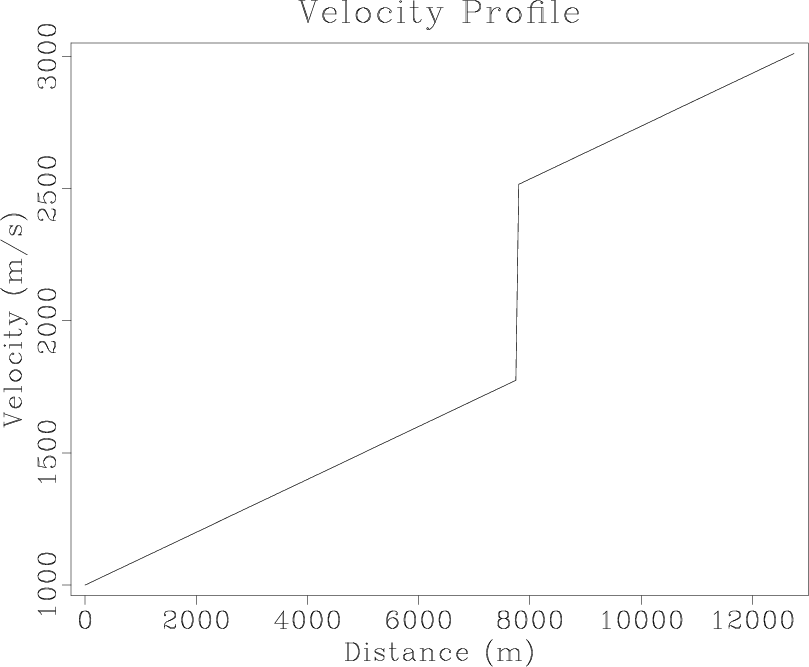
|
|---|---|
|
|
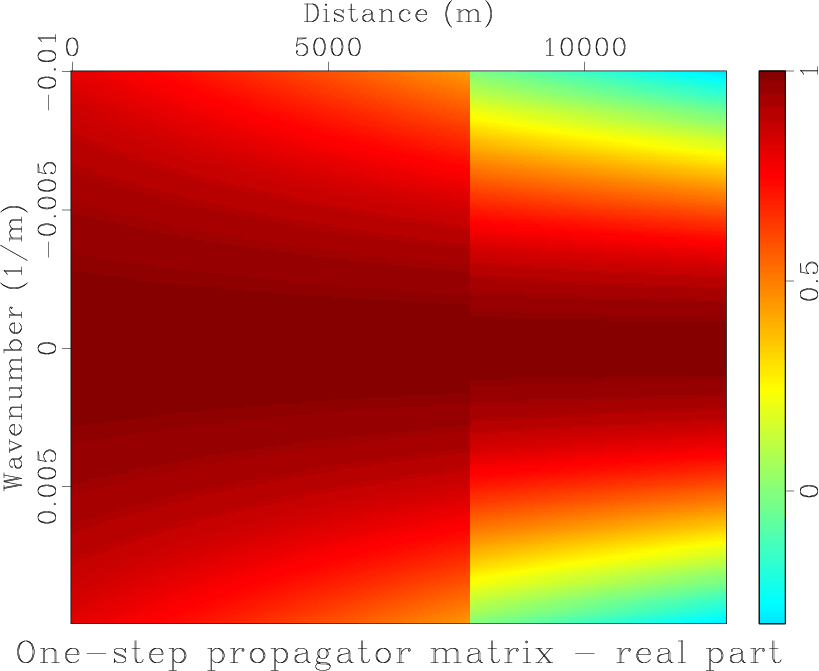
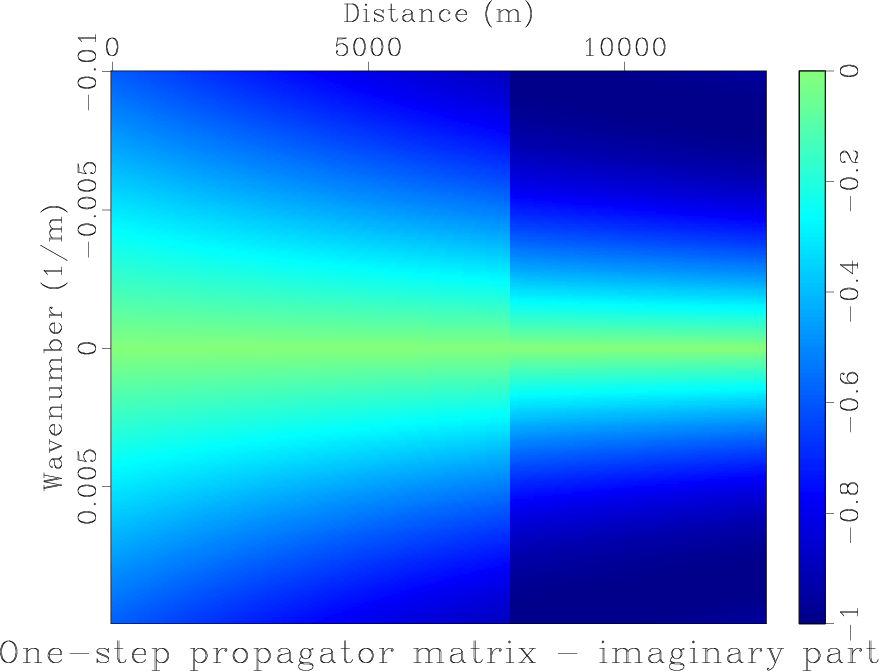
|
|---|
|
propr,propi
Figure 2. (a) The real part of the wave extrapolation matrix; (b) the imaginary part of wave extrapolation matrix. |
|
|
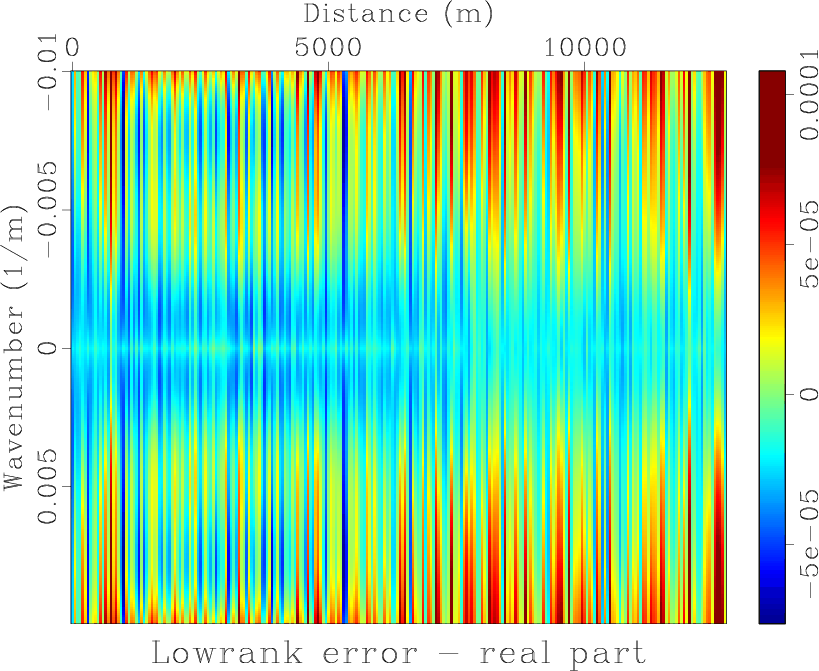
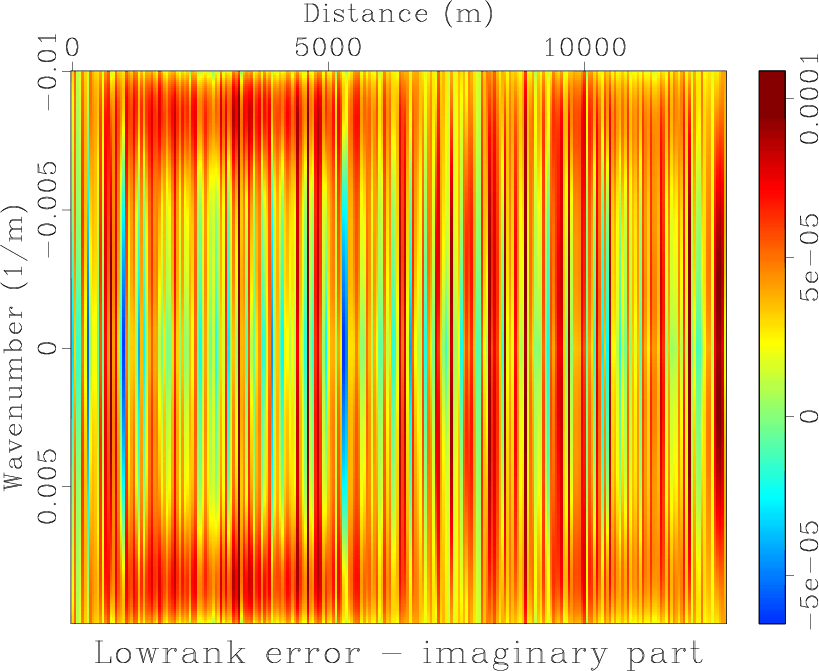
|
|---|
|
proderr1r,proderr1i
Figure 3. (a) The real part of the approximation error; (b) the imaginary part of the approximation error. |
|
|
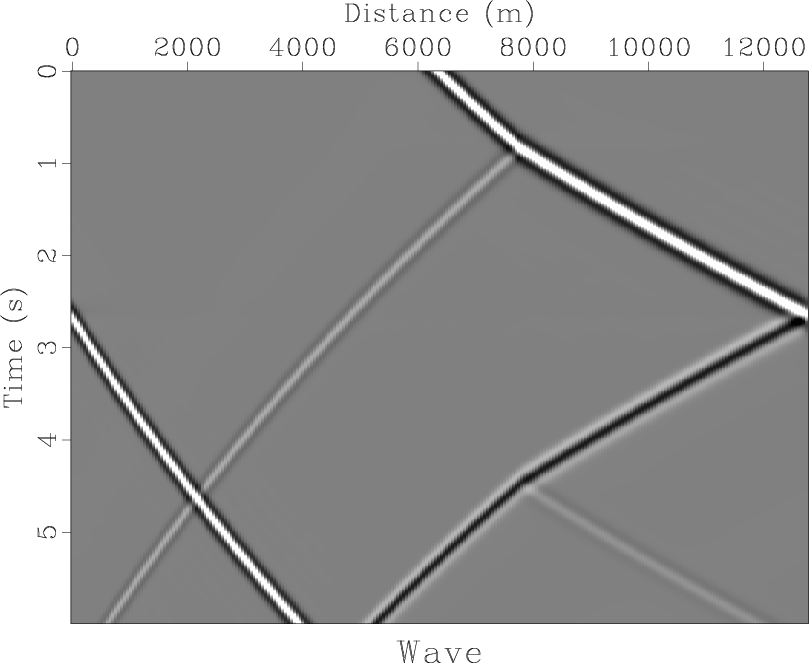

|
|---|
|
wave2,error
Figure 4. (a) 1D wave propagation from an initial condition - exact solution; (b) error of lowrank wave extrapolation. |
|
|
|
|
|
|
Lowrank one-step wave extrapolation for reverse-time migration |